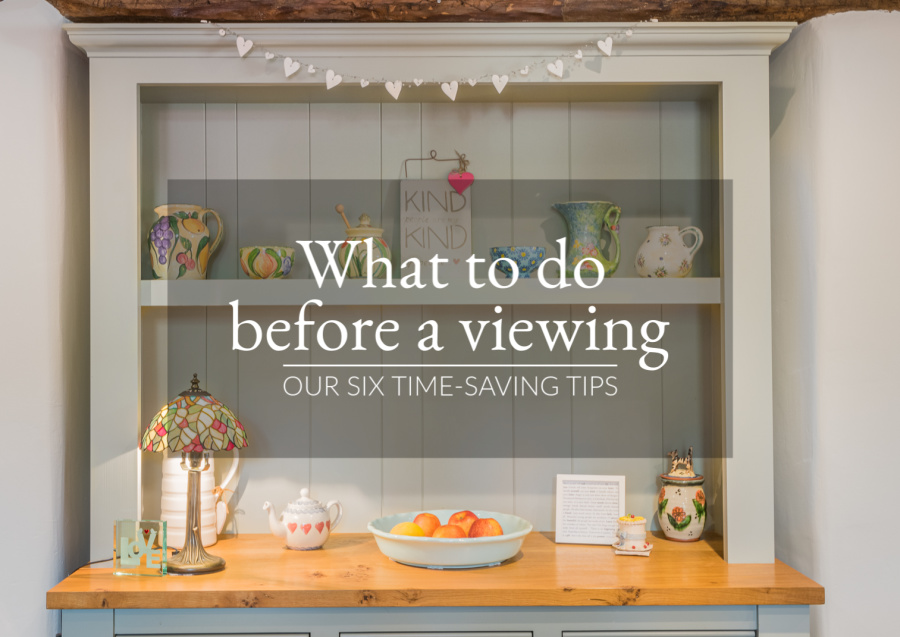Is it the right time for you to move?
It comes to us all. That defining moment. It can be brought along on winds of opportunity, on the back of financial necessity, or because we have simply outgrown our comfy shell; but it comes to us all.
All men must move house.
But sometimes, what do we say to the god of moving? Not today…
Moving house is often cited as one of the most stressful stages of life, aside from getting married, that we as humans can experience.
Maybe that’s because when it comes to selling your home, you need the same levels of commitment as you do in marriage. To succeed, you need to be 100% motivated ahead of this next big step.
After all, for better or worse, there are many hurdles to overcome along the way; it is not a process for the fainthearted.
From the minefield of surveyors’ reports, negative feedback, Rightmove statistics and low offers, to the constant cleaning ahead of each new viewing, you’ll need to be in the right frame of mind to face the challenges ahead.
Here we shed some light on factors that could help you decide whether the time is right to go on the market.
1. Wish or whim?
How long have you been thinking about moving on?
Is this a deep-seated spark of desire that has been on the slow-burn and is now catching fire? Or is it a sudden, snap reaction to other external factors?
Has your friend recently moved house and you’ve caught a sniff of fresh-start frenzy?
Take a moment to consider the pros and cons and implications, both financial and emotional, that moving house right now could have.
A friend of mine has been toying with the idea of relocating from the city to the countryside for the past twelve months. Finally, he decided to bite the bullet and has handed in his notice at work.
Fortune, we are told, favours the brave, but, with his notice period ending in July and his second child due in August, is this move down to his long-held wish to move, or based on an idealistic whim?
Whilst a growing family can often be the spur behind a house move, timing that move so that it causes the least financial and physical disruption to your family is key.
2. Why do you want to sell?
Are you preparing to downsize, relocate or are you planning a family?
The reasoning behind your potential move is crucial, as is the timing of its execution.
For downsizers, the decision can be a tricky one. Perhaps you have recently said farewell to the last of the brood to fly the nest. The house suddenly seems so quiet. Is now the time to take your life plans off the back burner and make that move to a smaller, more economic home?
Spending less time cleaning empty rooms will certainly be a plus point. Perhaps you want to swap those three double bedrooms for a studio where you can finally sketch that masterpiece, or realise that ambition of becoming an amateur photographer. It might make sense to make the move now, before the next chapter begins and grandchildren are in the offing!
If you are planning to have children, it is only natural to desire more space for your expanding family. For those already with children, the ages of your nippers will factor greatly into the timing of your house move. Keeping disruption to your child’s education, particularly if you are locating to a new area, is crucial to a successful move.
Pros and cons exist for moving at all ages; babies and toddlers are malleable and can handle the changes with ease – yet older children are able to help with the packing! For teenagers with close local links, timing is crucial.
No move is without its traumas, but do take the time to consider exam dates and how a move will impact on your child’s school life, hobbies and interests before putting up that for sale sign.
3. Which season is best for selling your home?
Your mind is made up. You are moving house. But when is best to move?
Historically speaking, spring is oft cited as the premium time in which to put your home on the market. Key ‘hot points’ occur around the Easter and May bank holidays.
The benefits to selling at this time of year are easy to recognise: the days are long, the sun is (usually) shining, the blossom is blooming and properties generally look at their finest.
House hunters are out in their droves, and – dream of dreams – if you price your house competitively, you might even prompt a bidding war!
What about summer?
If your target market is families, summer has traditionally been perceived as a troublesome time to sell. With the school holidays in full flow, trips abroad and entertaining the wee ones tends to leave the streets devoid of house-hunters.
Getting your house on the market at the start of summer should help you avoid the peak holiday dates, when your target market will be abroad. Of course, if you happen to have a home with a large garden and pool, summer could be the ideal time to sell.
Autumn is the season of change and that goes doubly so for house sales, with people keen to move on before Christmas. If Christmas leaves you raring for change, turn over a new leaf in January.
4. Monday’s house is fair of face…
Want to get down to the real nitty gritty of timings?
You might feel sluggish when the alarm clock goes off at 7:00am on a Monday morning, but according to Which?Money analysis published in 2017, Monday is the best day of the week to sell your house!
According to the survey, properties listed on a Monday took only 176 days to sell compared to an average of 191 days.
So, if you were planning on leaving it until the weekend to amble down to your estate agent to give the green light for your launch, think again. The same research suggested that properties listed on a weekend took longer to sell, with Saturday listings taking an average of 203 days to sell and Sunday homes taking 213 days to sell.
With much at stake emotionally and financially, finding the right guidance when selling your home can make all the difference. If you want to know whether now is the right time for you to start a fresh chapter, just pick up the phone. We’re waiting to hear from you.







